When searching, it can be tempting to only look in locations where a person is known to have lived. After all, sometimes even searching through search results and records in those locations can be a time consuming and daunting task. That can be a mistake. Your relative may have never left a very narrow and specific geographic location, having lived there their entire life. Yet, they may be mentioned in the records of a county or a location in which they never lived. My great-grandmother lived her entire life in two townships in Hancock County, Illinois. She’s mentioned in several records in Adams County, Illinois, during the settlement of her grandparents’ estates. Other relatives purchased property in adjacent counties while never living there. Don’t limit your searches to […]
Check out our webinars for 20 October–attend live or purchase a recording. Topics are:
When you find a piece of genealogical information online, save it. Save the image or the text in a way you can view it later. Save it to your own computer, flash drive, jump drive, digital media, or other storage medium. Backing up to the cloud is fine, but make certain that your cloud storage is backed up to other physical media. That should be media over which you have actual control, media you know exactly where it is, and media you can actually put your hands on if necessary. You cannot put your hands on the cloud. If your files are stored one someone else’s server or site or they are simply linked to your account or tree and not stored as your actual images, there is […]
A 1914 petition in an Illinois court case appears to have been signed by the three complainants in the case and their solicitor. The four signatures look similar. It’s because they likely were written by the same person (probably the attorney). The “By” in front of the solicitor’s signature suggests that it was signed by him for them. The signature for Heipke Dirks on the 1914 petition does not appear to match her known signature from an April 1913 document in her husband’s probate file. I’ll need to see if I can find signatures of the other two and make comparisons as well. What you think is your ancestor’s signature may not be. Think about the record, its creation, and other contextual clues in determining whether you’ve got […]
Probate documents can get repetitive. If an estate takes some time to settle, there may be several lists of heirs included–depending upon the time period and the location. That was the case with the an estate in Adams County, Illinois, in the early 20th century. At first it was tempting to scan the lists of heirs quickly without really paying attention to the addresses. That was a mistake. While the individuals listed as heirs did not change (which it shouldn’t unless a new one was discovered or one died during the probate process), the addresses for some of them did change as the settlement of the estate moved on. Those changes in addresses were clues. Legal documents can contain repetitive text, especially if a case drags on for […]
An ancestor of mine was married four times. Little is known about her origins in Germany or those of her first husband (from whom I descend). Her third husband’s Germanic origins are well-documented. He appears to have been someone she met after having been in the United States for some time and not someone with whom she shared a connection “across the pond.” Then there’s the second “husband.” Little research has been done on him, but it’s known she started a relationship with him within a few months of her first husband’s death in 1855, that her marriage to him was not a legal one, and that their relationship ended a few months after he was declared guardian for her children in the spring of 1856. Is it […]
In some cases your family history research may never be finished. It’s a fact of research. The best bet is to write up and organize what you have now, before it is too late. Even if your research is incomplete, leaving behind a written up discussion of your research process (with citations–even if not perfect–the world will not end) and your conclusions is better than leaving a pile (or a hard drive) full of unorganized and un-analyzed material. Later researchers can build upon what you have done. Just start putting things together. Genealogy is the cake batter that’s never “quite ready for the oven.” Sometimes you just have to bake it. This metaphor may be half-baked, but hopefully readers get the point. If you find more information, just […]
You are researching your ancestor in a new location. Unless your ancestor moved from the upstairs bedroom to the downstairs bedroom, there’s the chance she crossed a political boundary. Crossing that boundary means: Learning about these things in the new location will help your research. Don’t assume that the address was the only thing that changed when your ancestor moved.
A relative purchased a few lots in in the 1890s in a town near where they lived and ended up running a general store in a building they built on the property. The business only lasted a few years, but they did have a partner who helped them with the ill-fated concern. Later it was discovered that the partner had more of a connection with the relative than I knew–they were foster brothers. Business associates may have connections that are not immediately known or obvious.
“Genealogy without sources is mythology” is one of those cliched phrases that reminds us of the importance of having (and citing) sources in genealogical research. Like most quick, off-the-cuff remarks, the reality is slightly more nuanced. Just because you don’t have a source for a statement does not mean that the statement is untrue. To be certain, your case without a source is non-existent and if there’s no source it makes it significantly more likely that someone could easily prove you wrong. Having a source for a statement makes it less likely that the statement is incorrect. But…and it’s a big “but.” Just because you have a source does not mean that the statement is correct. Sources can contain errors. The genealogist needs to determine the perceived reliability […]
Two dimensional maps of ancestral residences are great, but knowing something about the actual terrain and topography of the area is helpful as well. One of the things that I always take note of when visiting an ancestral area is the local terrain and geographic features that can impact travel. Living in the mountains is different from living on the prairie. Sometimes things that appear close on a paper map are not as close as one thinks when boots are on the ground and the best path between two places is not always a straight line.
There are databases I use on Ancestry.com or FamilySearch on a regular basis. Sometimes it can be difficult to find the database again on their site. One easy way to find it is to perform a Google search using the title of the database in quotes along with ancestry.com or FamilySearch as an additional search term. I’ve done this with census indexes on FamilySearch, the probate indexes on Ancestry.com, United States passport applications on both sites, etc.–things that I already knew were on the site. One should still use the various search features on the sites that allow you to search their catalog to determine exactly what they have and all of what they have–Google searches do not find everything and are not perfect. It’s just that when […]
A good reminder… It never hurts to ask someone else “what is this?” I ran across an online posting indicating a former US president had written a decree in a divorce case. While I remembered the president having been an attorney, I did not remember him being a judge. Knowing that memories are sometimes ephemeral things (mine included), I recognized the fact that I could be wrong. Instead of scanning biographies of the former president, I decided to look at the original copy of the document to which the posting referred. A quick read of it made it clear what it was: a bill of complaint in a divorce case. It was not any sort of verdict or order issued by a judge. The former president had written […]
At some point, every record you locate about a given relative should be analyzed and compared with other documents about that same relative. It’s the only way to determine if records are relatively consistent and to get a good overall picture of the ancestor. There’s a bit of a “but.” When I first locate a document, I try and only think about what that document says and try to forget other things I know about the person. That helps me to see all the clues in the document and also helps to doublecheck if I do in fact have a document on the same person. So after you’ve discovered that new-to-you record, think about it and see what it really says. Then compare it to what you think […]
Extended for one more day–now through 29 September! This will not be extended again. We’re having a sale on More Genealogy Tip of the Day until 11:50 pm PST today (webpage still says 28th but links work)–$25 (US addresses only). This is $10 off our regular price and includes shipping. This is the best sale on the book we have and is less than the Amazon price! There’s more detail about the book on our announcement page, but come back here to make the purchase.
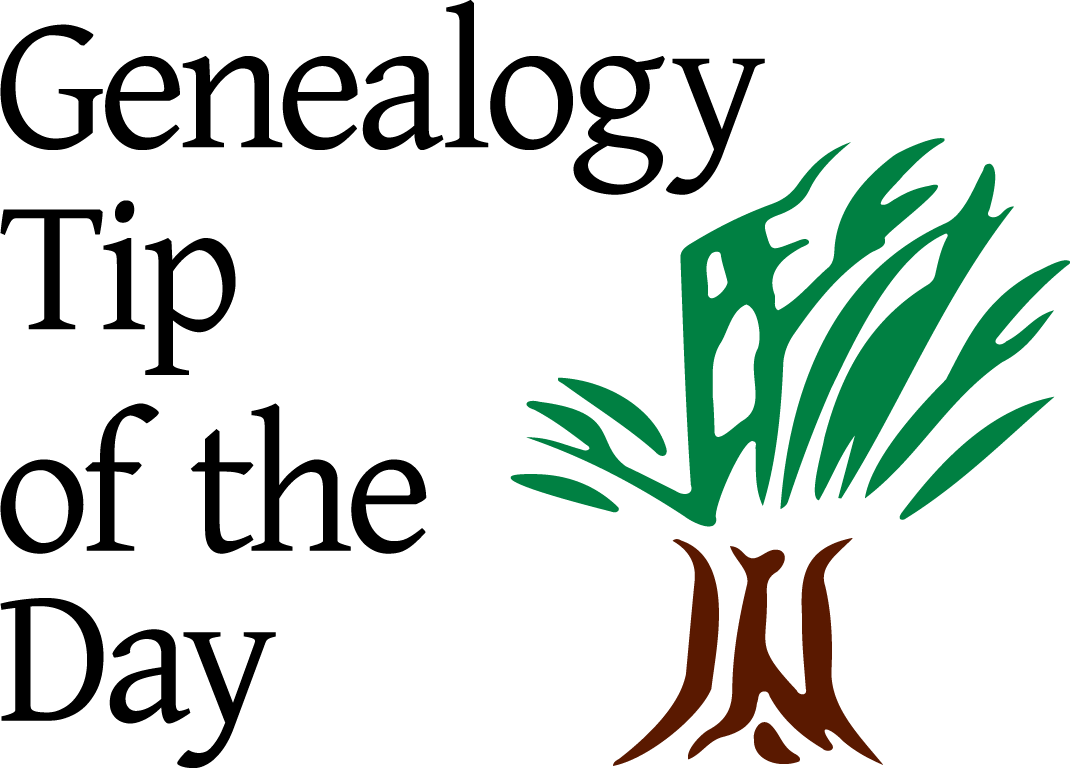
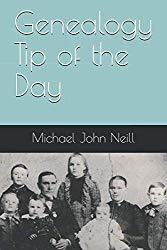
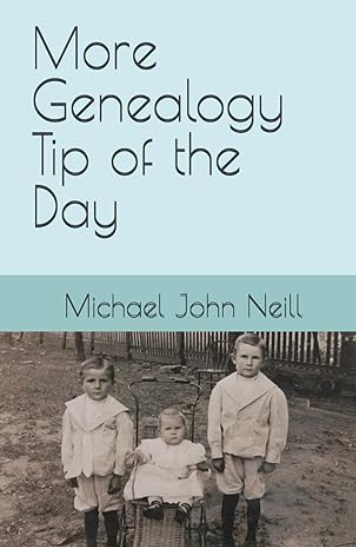

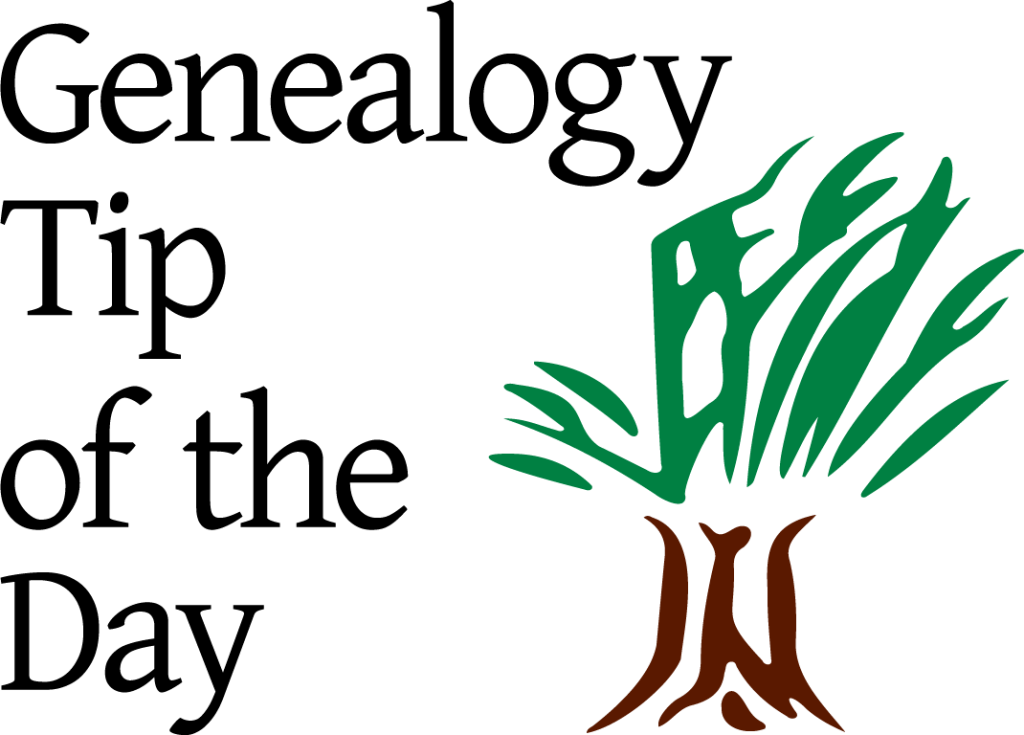
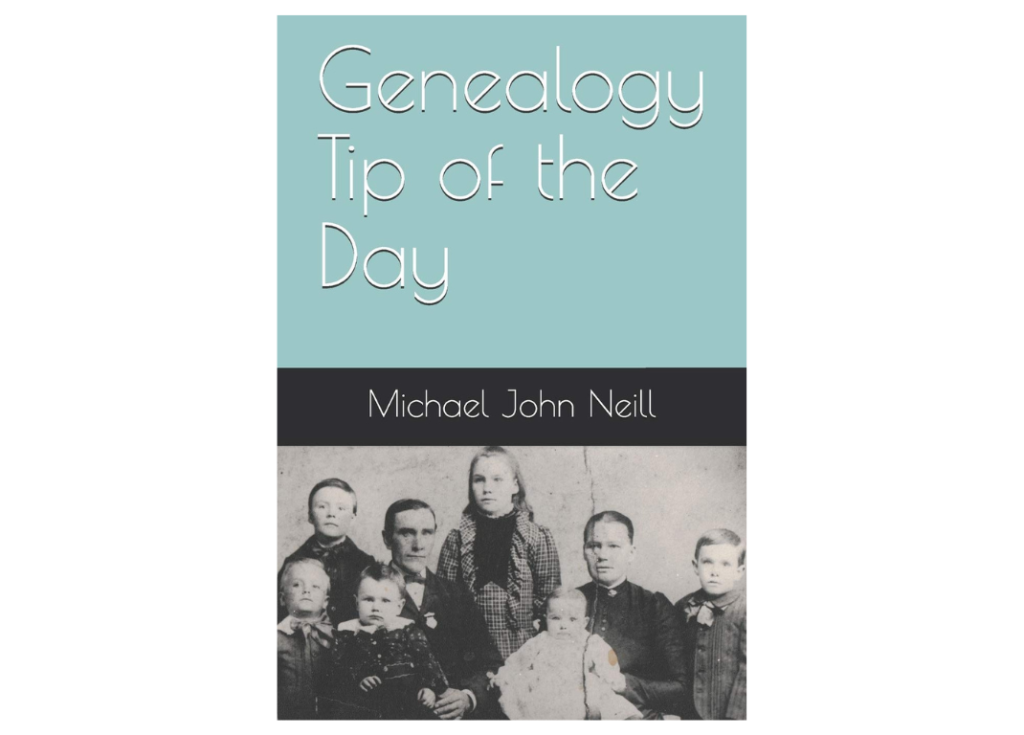
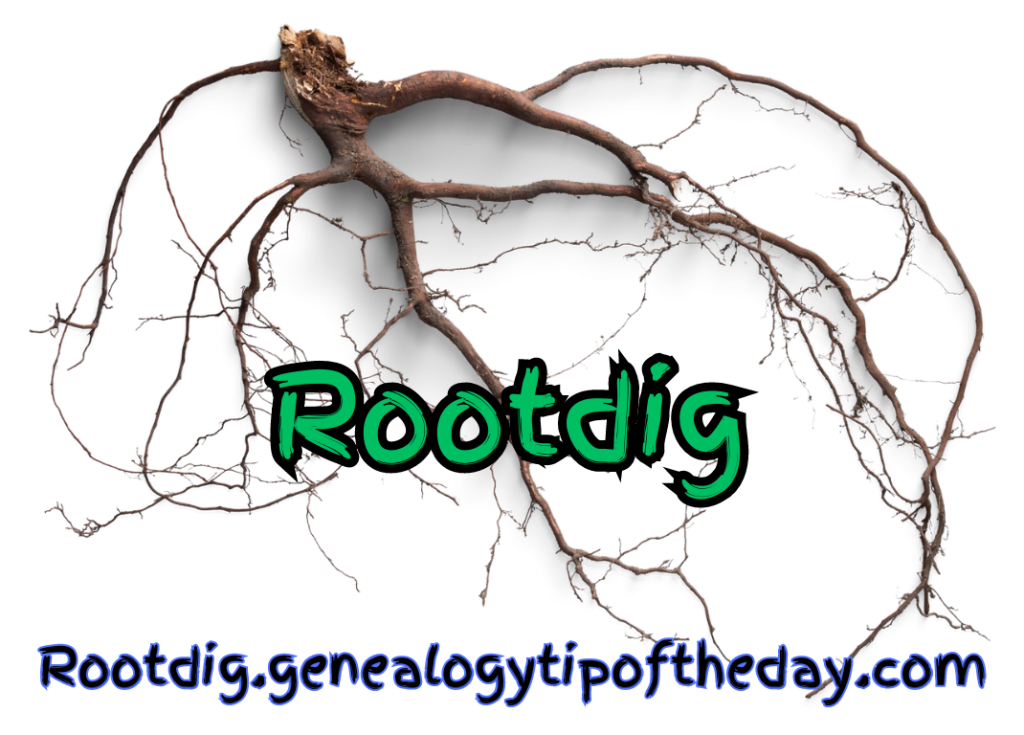

Recent Comments